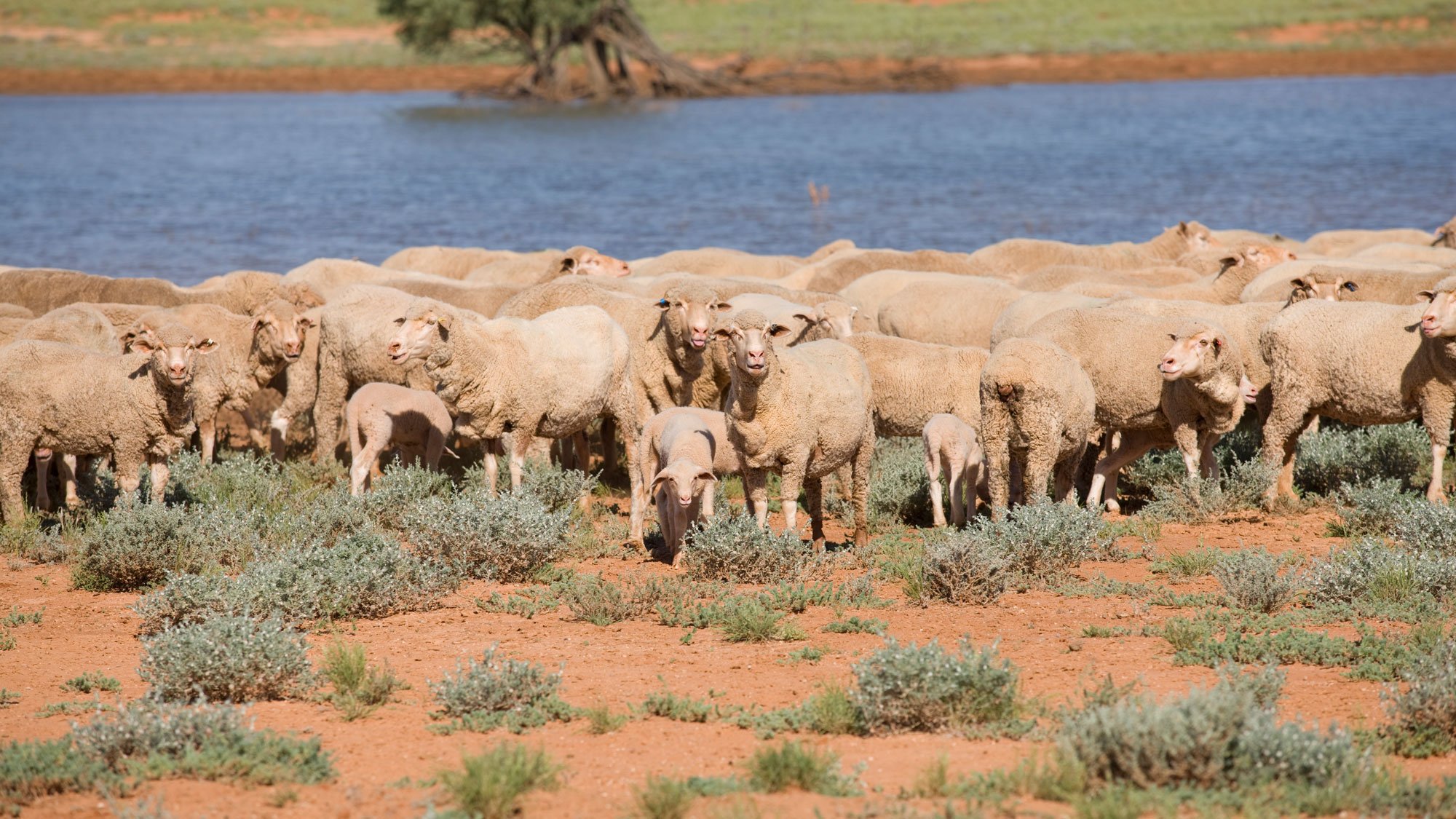Tool 12.10 Taking plant cuts and quadrat cuts
Tool 12.10 Taking plant cuts and quadrat cuts
Plant cuts
The best way of assessing bluebush or saltbush is a method called the ‘Adelaide’ technique. The Adelaide technique works by taking a representative branch (known as one unit – should be 10-20% of average shrub forage), gently shaking off any loose leaves, then working out how much of the biomass is below animal grazing height. You then use this one ‘unit’ (your original branch) to estimate how many equivalent ‘units’ each shrub contains, below the grazing height, across a number of shrubs in the area, chosen to be representative of the variation across the area you want to estimate. When you’ve estimated how many units each representative shrub contains, you need to strip and collect the foliage below grazing height from these shrubs, dry it and weigh the dried material to get a representative sample ‘per unit’ across the area, then multiply this for the units within the area considered.
The Adelaide technique offers a reliable and standard method for shrub forage assessment. Some skill is involved, but completely inexperienced people trained in this method usually become competent estimators within two days. It is quick and simple to use and requires no expensive equipment, whilst giving accurate and precise estimates of shrub forage values.
Quadrat cuts
Cutting, drying and weighing the estimated amount of feed available for livestock in a representative, set area (quadrat) and multiplying that across the paddock provides an estimate of what livestock can potentially consume at a point in time. This technique is most useful for more uniform feed such as grass and legume pasture or the understorey (non-woody growth in the paddock).
A standard quadrat needs to be used when taking cuts from vegetation. This would ideally be 1 metre x 1 metre for ease of conversion. Taking a number of cuts will improve accuracy of the estimates. Alternatively, if you wish, you can take a smaller quadrat area. Common sizes include a quarter of a square metre, or half a square metre. Be sure to know the size of your quadrat and remember to covert to one square metre before making further calculations.
The ‘dry’ weight of harvested feed needs to be determined; this is achieved by drying the ‘wet’ feed, either by placing into a specialist drying oven or using a household microwave to obtain a dry weight.
For safety, the following process for drying feed in a microwave and determining the dry weight should be used:
- Record the ‘wet’ weight of the sample in grams at the time of cutting.
- If you have a large sample, record the full sample weight but take a subsample of known weight (100 g is a good amount, because it makes the sums easier later on).
- Place the sample (or subsample) in a microwave-safe bowl or container in the microwave with a cup of water next to it. Don’t ever let the cup run dry, and empty the cup and replace with cold water after every sample is dried or more frequently if required.
- Start the microwave on the ‘High’ setting for 1 minute. Take the bowl out and fluff up the sample and then put it back in the microwave for 30 seconds – 1 minute, depending how wet it still is – the drier the sample, the less time required. Once the sample is feeling drier to touch, weigh the sample after each burst in the microwave. Continue to dry the plant material for 30 second bursts and reweigh each time until no weight change occurs (as all of the moisture has now been removed).
- Record the dry weight of the sample in grams.
- Divide the dry weight by the wet weight and convert to a percentage dry weight. This can be useful for field estimates for subsequent wet weight cuts.
- If you started with 100 g subsample, then your dry weight is the % dry matter.
- Multiply the total initial sample by the % dry matter to get the mass of dry matter for the sample you took.
Convert the dry matter figure collected from a 1 metre square to kilograms of dry matter per hectare in the following way:
- If more than one quadrat cut was taken, add up the total grams and divide by the number of quadrat cuts that were taken. This will give you average in grams per square metre.
- Convert the grams per square metre to kilograms per hectare by multiplying by 10.
- If required, kilograms per hectare can be converted to tonnes per hectare by dividing by 1,000.
- For example: 200 g/square metre x 10 = 2,000 kg/ha / 1,000 = 2 t/ha






